7artisans Photoelectric 75mm f1.25 Lens Review:
If you want to isolate your subject with the help of a beautifully blurred background or you just need more versatility in low light shooting, a lens with an ultra large maximum aperture is probably what you’re looking to purchase. A while back, these types of lenses were either much rarer or very expensive. Some of them are still very expensive but there are also some that are much more obtainable these days. Take, for instance, the 7artisans Photoelectric 75mm f1.25 lens. This is an M mount lens, so you can use it with a Leica M rangefinder camera or a compatible camera, such as, an L mount camera via adapter like me. I had this lens for a few weeks to test, and here’s what I think of it.
Thanks for taking the time to read my review! If it helped, please consider purchasing from any of the links mentioned in this post, which in turn, helps support this site. I get a small commission but it will not cost you anything extra. Thank you!
7artisans Photoelectric 75mm f1.25 Lens Build Quality:
The first thing I want to talk about is the build, which I found to be impressive, especially when you factor in the price of $449. The barrel is made of solid metal, so it definitely has that nice heft, and feel of a typical rangefinder lens. It feels very solid, and dense in the hands. In terms of functions, there’s a focus ring, which feels ultra smooth during operation. It also has, in my opinion, just the right amount of resistance, so you can be more precise with focusing, which is important, considering how thin the depth of field is at f1.25 with a 75mm focal length lens. Lastly, there’s also an aperture ring that clicks nicely as you rotate it.

↑ The Panasonic S5 with the 7artisans Photoelectric 75mm f1.25 attached via a Novoflex adapter.
As for overall ergonomics, the 7artisans Photoelectric 75mm f1.25 lens is on the larger, and heavier side for a rangefinder optic. The 75mm f1.25 measures 2.74 x 2.86″/69.5 x 72.6 mm, and weighs 1.34 lb/608 g. With all that said, the larger ergonomics and weight are in no way the fault of 7artisans; it’s physics. If you want a 75mm lens with a max aperture of f1.25, be prepared to carry something a bit heavier and bulky. It comes with the territory. If it helps, this lens is actually smaller than the Leica Noctilux-M 75mm f1.25 ASPH, and quite a bit lighter as well. The Leica version specs are: 2.9 x 3.6″/74 x 91 mm and 2.3 lb/1055 g.
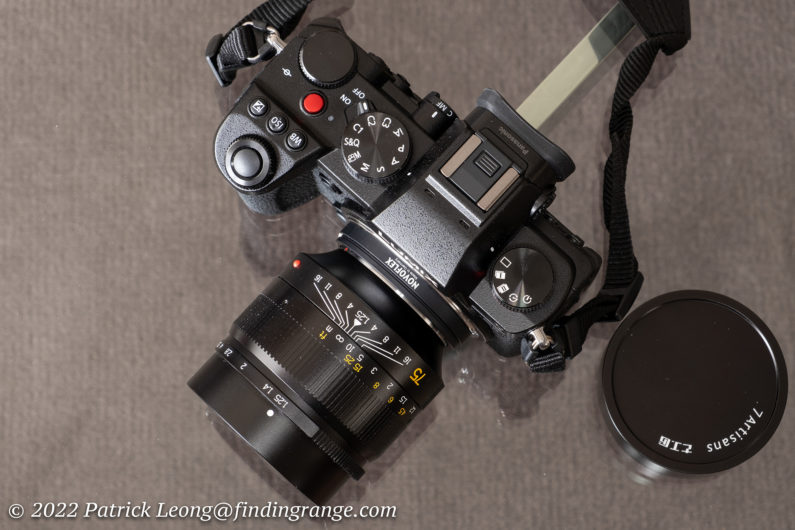
↑ Top view of the camera and lens. The lens cap is metal.
While this is a heavier and larger M mount lens, I didn’t find it really that bad to carry around. It might just be that I’m mainly an L mount shooter now, so I’m used to larger, and heavier lenses but in my opinion, this is a lens that shouldn’t be too much of a problem, if you want to take it out, and spend a day with it. So, while there are some that will probably use this lens just for more specialized purposes, taking it out for photography that is more general is also an option.
At the time I was testing it, Covid cases were still pretty significant here in New York City, so I didn’t do any scheduled model shoots. I ended up testing the 7artisans Photoelectric 75mm f1.25 lens mainly outdoors walking around the streets of New York City, and seriously speaking, it wasn’t at all bad to being bringing it around everywhere. I did mount this lens a few times on my Leica M but I mainly shot with the Panasonic S5 because I was re-visiting that camera (full review here), and together, I had what I felt was a very balanced camera system. The combo actually felt nice, and I liked the weighted feel of the 7artisans 75mm f1.25 quite a bit. In general, while I don’t want something that is insanely heavy, I do prefer lenses that have a nice, weighted feel to them. If you’re like me, I think the 7artisans is something you might like as well.
7artisans Photoelectric 75mm f1.25 Lens Focus:
As for manually focusing the 7artisans Photoelectric 75mm f1.25 lens, I found it to be sometimes a bit difficult to nail focus at f1.25. My eyes are definitely not as good as they used to be haha, and the depth of field can be quite thin, especially since this is a 75mm lens. Even the slightest shift in my body as I am holding the camera can sometimes cause me to mess up the focus a bit. This isn’t something that is exclusively 7artisans’ problem, of course. It’s just the nature of using a 75mm with an f1.25 maximum aperture. With practice, however, you’ll get more keepers.
While I had the 75mm f1.25 with me, I mainly used it with the Panasonic S5, so I had the help of features like magnification, and focus peaking, which made it much easier to nail the focus. I relied mostly on focus peaking but for more critical shots, especially at f1.25, that’s when I would use magnification feature more.
7artisans Photoelectric 75mm f1.25 Lens Image Quality:
In terms of image quality, I have to admit that I was a bit surprised but not in a bad way. I guess it’s because I wasn’t really sure what to expect considering this lens retails for $449, while the Noctilux retails for almost $15k. While it may not be as perfect as the Noctilux, I feel you’re getting a big bang for the buck here with the 7artisans version.
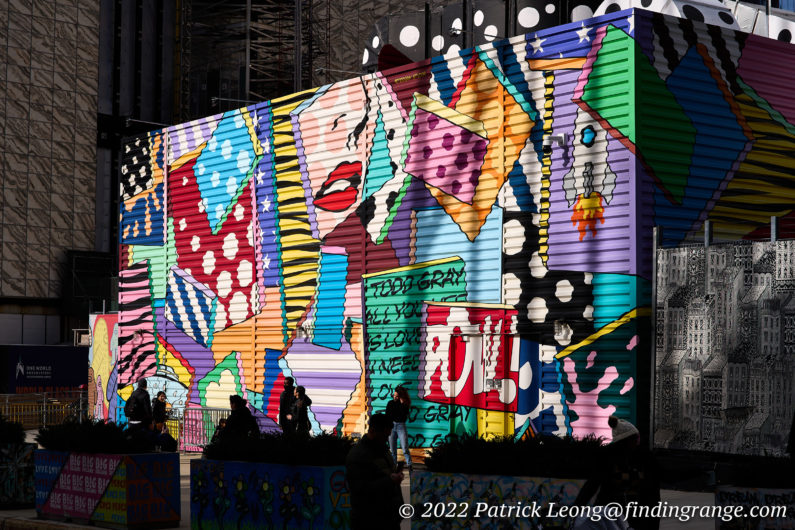
↑ If I recall correctly, this was taken using f8. I used 100 ISO.
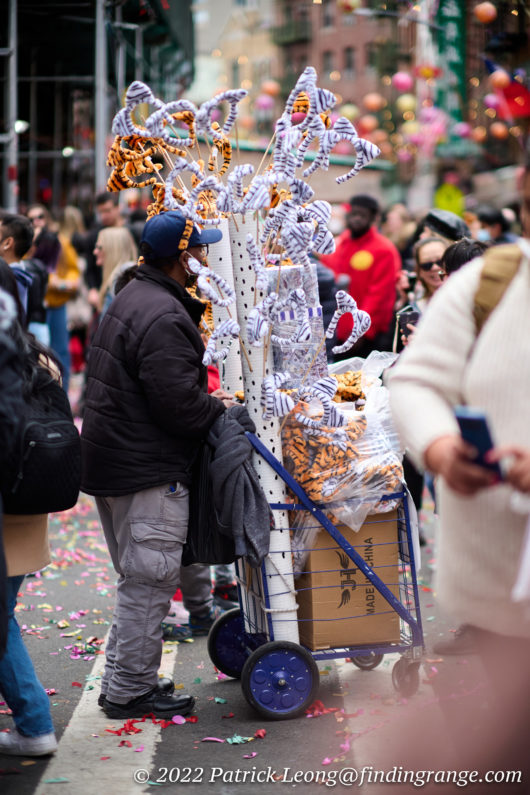
↑ This was taken at f1.25 using 640 ISO.
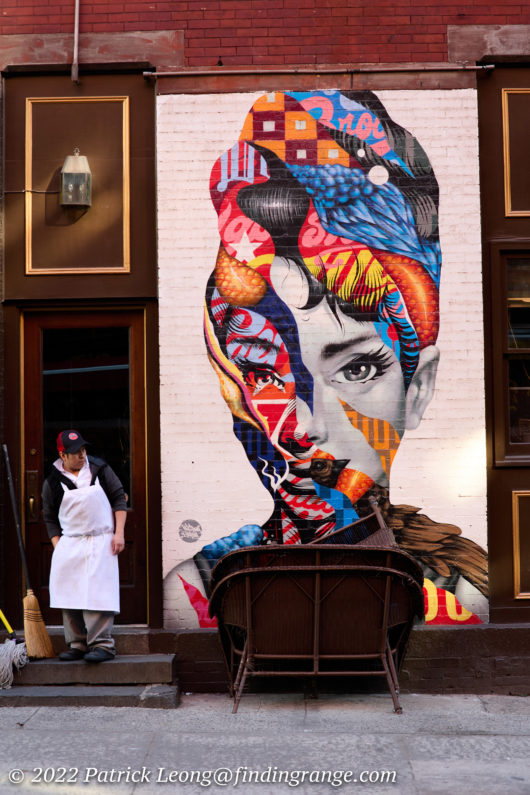
↑ This photo was taken using f5.6 and 400 ISO.
First off, the 7artisans Photoelectric 75mm f1.25 lens produces photos that are quite sharp. I found sharpness to be good in the center with corners just slightly softer, when taken at f1.25, if focus is done correctly. As you stop down though, sharpness across the frame gets better with a rather noticeable jump in improvement starting at f2 versus a frame taken at f1.25. As you get down to f4 and smaller apertures, sharpness is excellent and actually pretty impressive. I was getting some truly tack sharp images, and in this regard, it’s as good as what you would expect from typical modern day glass. Corners also hold up quite well as you stop down. So, in addition to ultra shallow depth of field shots, one can easily use this lens for other types of photos that require smaller aperture settings, which only increase the versatility of the 75mm f1.25.

↑ Here’s a photo taken using f1.25 and 100 ISO.
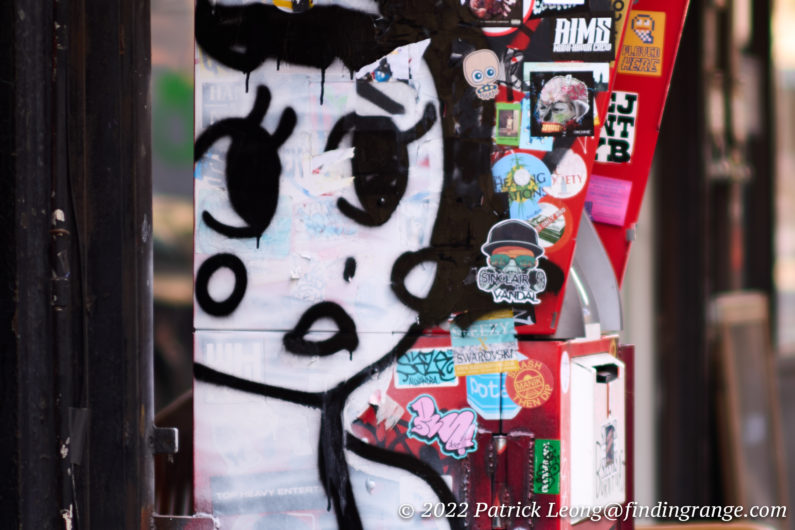
↑ Here’s a 100% crop of the photo above.

↑ This photo was taken using f8 and 100 ISO.

↑ This is a 100% crop of the photo above.

↑ Here’s a photo taken using f11 and 160 ISO.
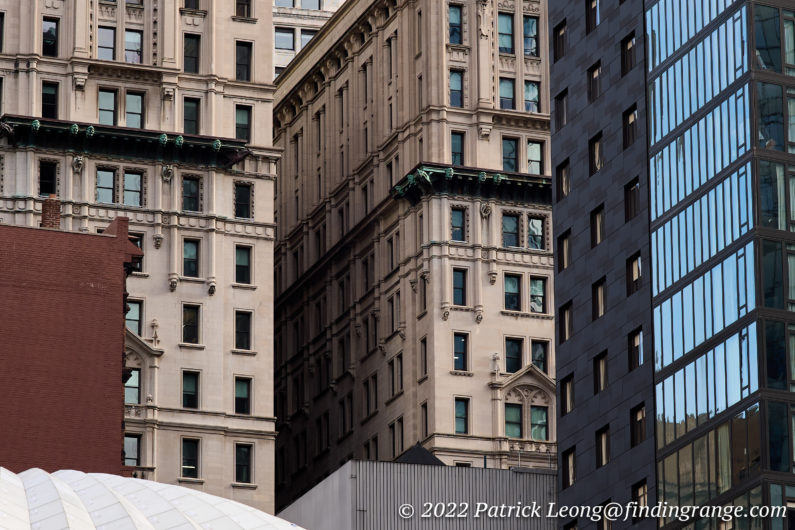
↑ Here’s a 100% crop of the photo above.
Other features of the 7artisans Photoelectric 75mm f1.25 lens include nice color rendering and contrast. There’s nice pop in the photos, and flare is well-controlled under most normal shooting conditions, meaning not purposely trying to make the lens flare. There is moderate vignetting at wide open aperture but it’s not something that really is out of the ordinary for a lens like this one. Stopping down to just f1.4 noticeably reduces vignetting, and by f2.8, I found it to be nearly gone.
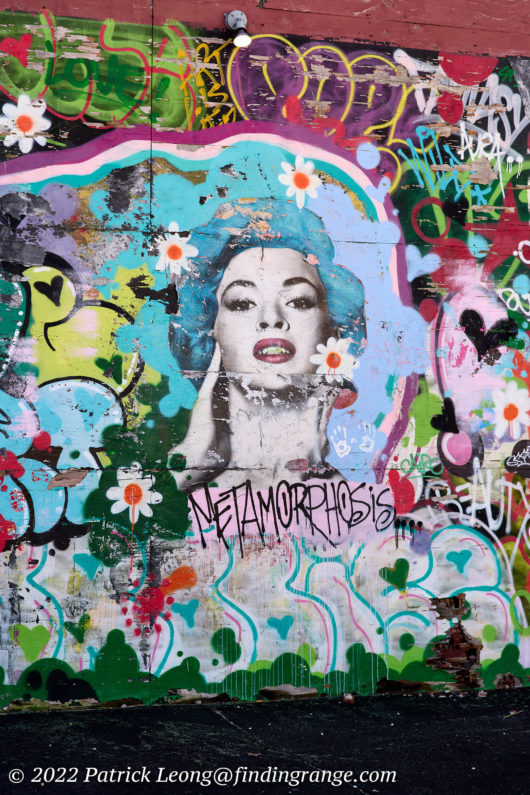
↑ This photo was taken using f5.6 and 125 ISO.

↑ This was taken at Asbury Park using f1.25 and 100 ISO.
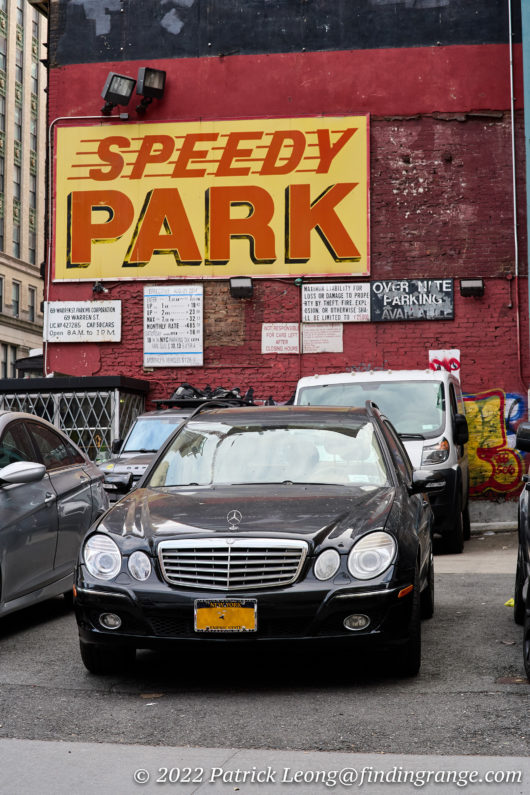
↑ Here’s a photo taken using f11 and 1250 ISO.
7artisans Photoelectric 75mm f1.25 Lens Bokeh:
Besides being great for low light work, a lens like this with such a large maximum aperture is great for moments when you want to completely blur the background. With a focal length of 75mm, and a max aperture of f1.25, the depth of field can be very thin. The 75mm f1.25 has a 13-blade diaphragm, which contributes to bokeh that is beautifully smooth and pleasing. While it’s not my style to analyze every bokeh ball, and compare them with whatever other lenses produce, I think generally, if you’re looking for a lens that will give you a similar look to what the Noctilux-M 75mm f1.25 can give you but for a vastly cheaper price, the 7artisans Photoelectric 75mm f1.25 lens comes pretty close.
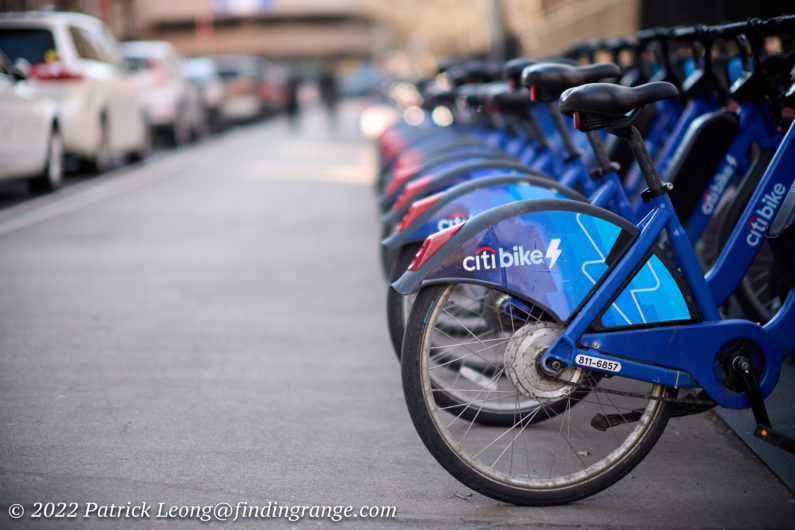
↑ This photo was taken using f1.25 and 100 ISO.
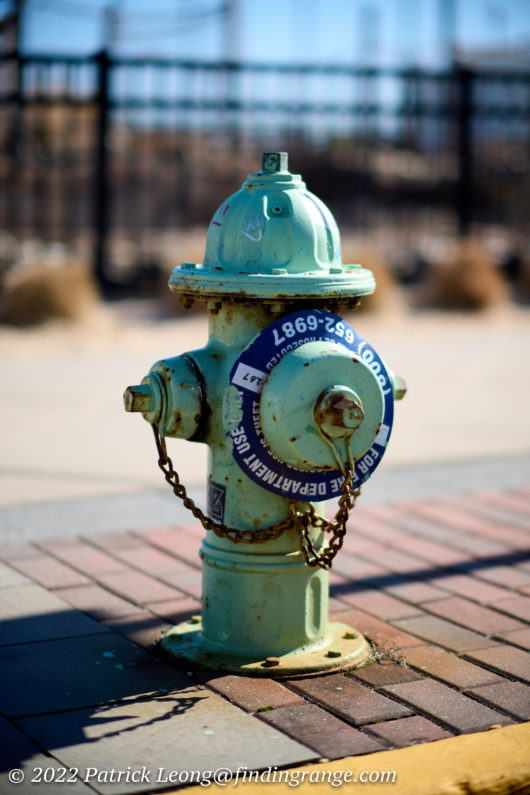
↑ Here’s another taken at f1.25 and 100 ISO.
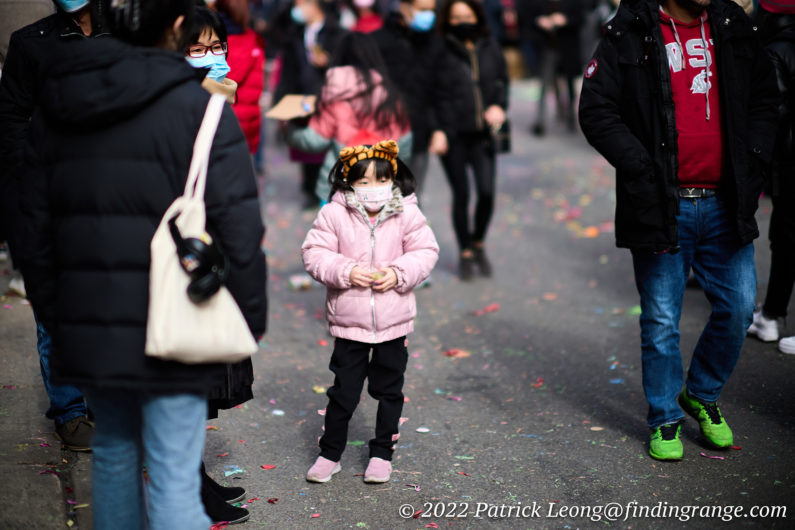
↑ This was also taken using wide open aperture. 640 ISO was used here.

↑ This was taken with f1.25 and 640 ISO.

↑ Here’s another taken further away using f1.25 and 100 ISO.
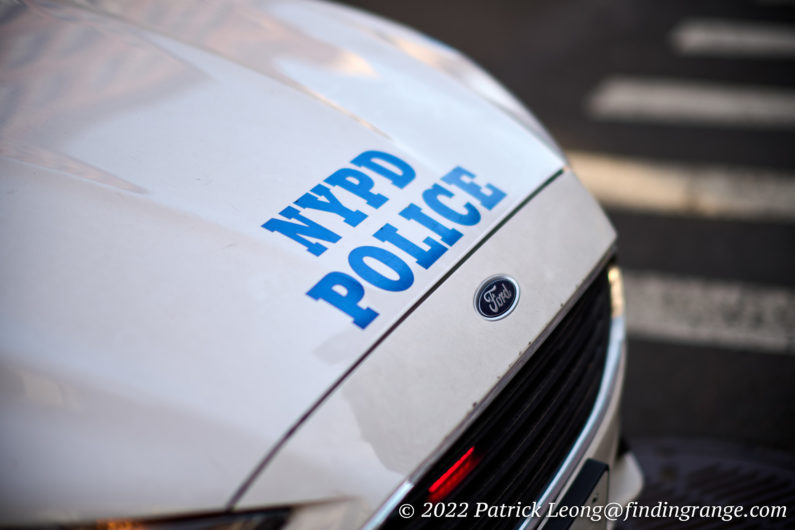
↑ Here’s one more taken using f1.25 and 100 ISO.
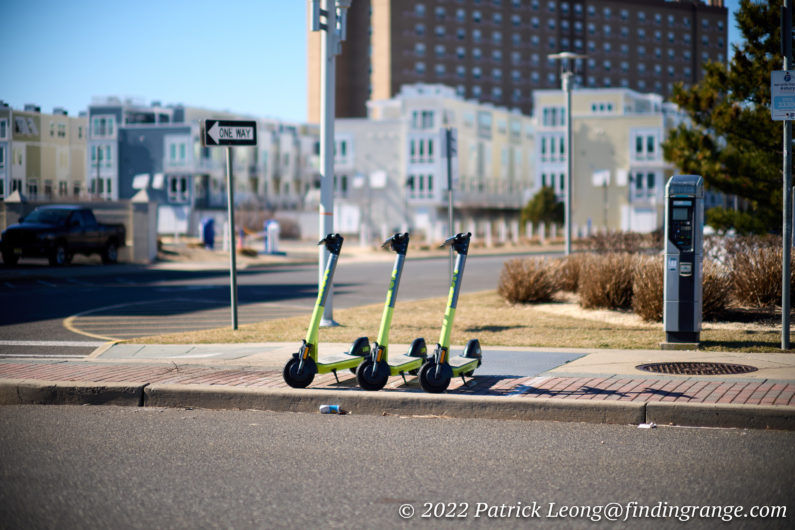
↑ This was taken using wide open aperture and 100 ISO.
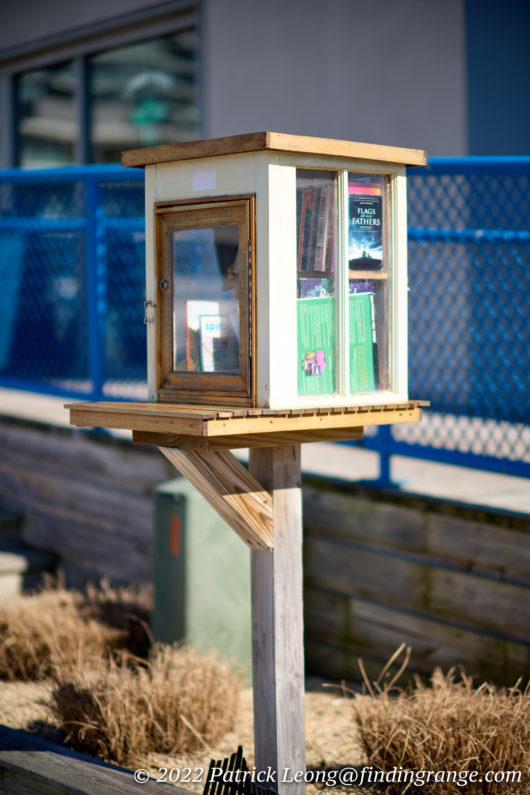
↑ Here’s a closer shot taken using f1.25 and 100 ISO.

↑ Here’s one last one taken with wide open aperture and 100 ISO.
Pros And Cons:
Pros:
- Solid, well-built lens.
- M mount.
- Smaller and lighter than Leica’s version.
- Great image quality.
- In addition to being able to produce a beautiful shallow depth of field, this lens performs excellent at smaller apertures as well, making it very versatile.
- Fantastic bokeh.
- Excellent price.
- Similar to what a Leica Noctilux-M 75mm might give you but for a vastly cheaper sum.
Cons:
- No lens hood.
- Sharpness at the larger apertures is only good.
7artisans Photoelectric 75mm f1.25 Lens Verdict:
If you’re looking for a short tele with an ultra large maximum aperture but you don’t want to spend something like $15k, the 7artisans Photoelectric 75mm f1.25 lens is a great option. As I said earlier, I was a little surprised but pleasantly so. I wasn’t sure what to expect but this lens has won me over during my time with it.
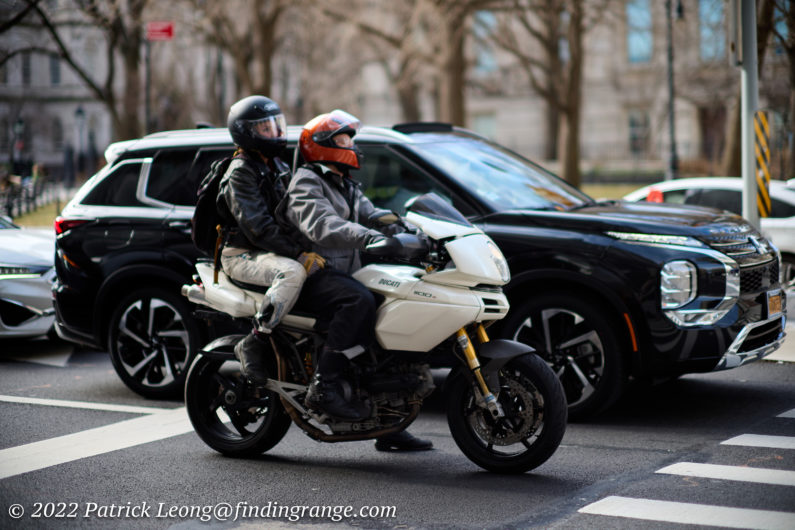
↑ This was taken with wide open aperture and 100 ISO.

↑ Here’s a photo taken using f5.6 and 100 ISO.
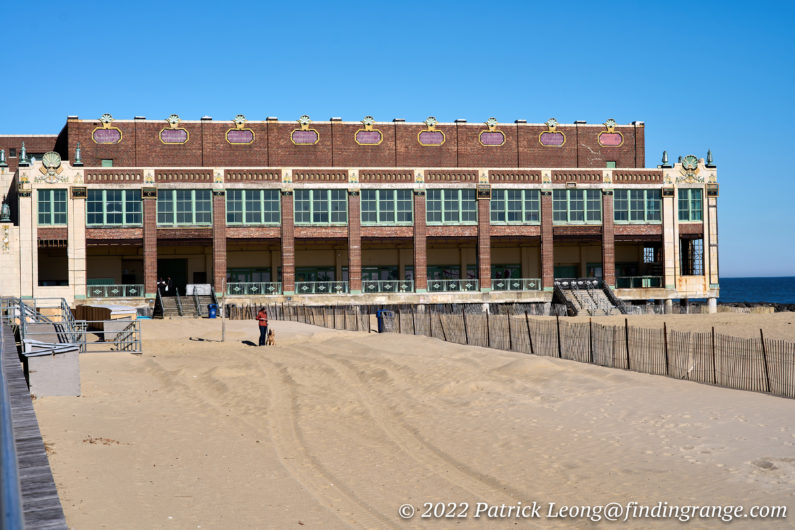
↑ This was taken in Asbury Park using f11 and 100 ISO.
I’m sure most who review this lens have compared it to the Noctilux-M 75mm f1.25 ASPH, and it makes sense. There are a lot of similarities like both being 75mm M mount lenses with f1.25 max apertures. They even look similar appearance-wise. In a direct comparison, I’m sure the Leica will win out. It’s going to be better made, and sharper at f1.25. It’s going to be more perfect overall. That’s what you’re basically paying for, however, does that really take anything away from the 7artisans version? I don’t think so.

↑ Here’s another taken using f11 and 100 ISO.
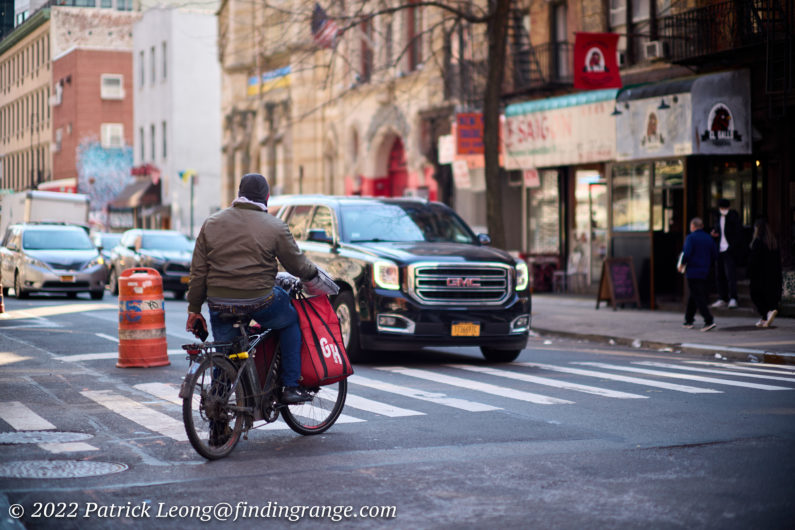
↑ This was taken using f1.25 and 100 ISO.

↑ This last photo was taken on the boardwalk in Asbury Park using 100 ISO and f11.
The 7artisans has so much going for it. It’s solidly built for one. It’s lighter, and more compact than the Leica version. Image quality is also great. It may not be as sharp at wide open aperture but then again, for what one might be shooting at f1.25, does it really need to be ultra sharp where you can clearly see every little detail possible? I’m thinking about portraits, for instance, and I feel the overall look at that aperture, is what’s more important. I don’t think anyone will magnify a portrait up to 100% to see all the little details is what I mean. Speaking of overall look, you’ll be getting something that will produce photos similar to what that Noctilux produces for only a tiny percentage of the price. I think that’s the huge selling point here.
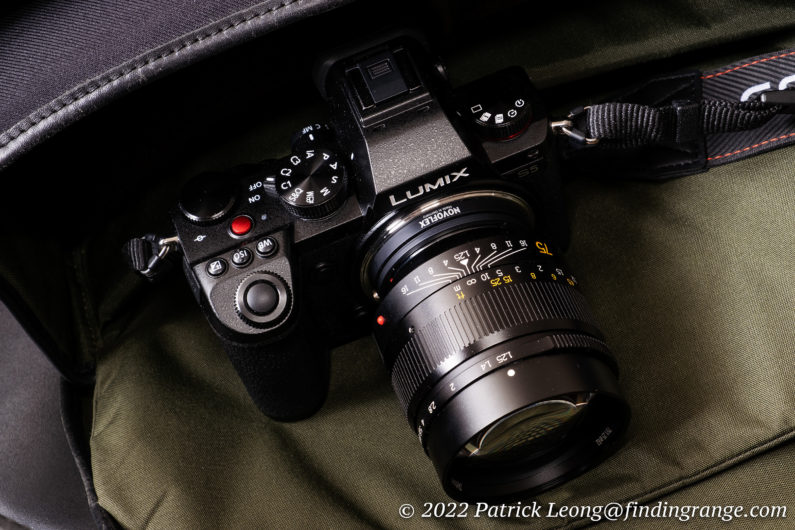
↑ Here’s one last photo of the 7artisans Photoelectric 75mm f1.25 and the Panasonic S5.
I’ll admit that I don’t really have much interest in purchasing a lens with an ultra fast max aperture like any of the Noctilux lenses. There is no doubt that they are incredible lenses that produce beautiful images, and as some of you know, I am a huge Leica fan but I just don’t really need lenses like that for my work. Give me a 50mm f1.4 lens, and I’m pretty much content. So, I will probably never buy a Noctilux but for $449, even I’m considering getting the 7artisans Photoelectric 75mm f1.25 lens just to have one in my bag for those occasional moments I might use it. I feel like it is an absolutely great deal, if this is the type of lens you’re after.
Thanks for taking the time to read my review! If you’re considering purchasing the Photoelectric 75mm f1.25, and my review helped you decide, please help support this site by purchasing from the links below or any mentioned in this review. It will not cost you anything extra. Thank you for your support!

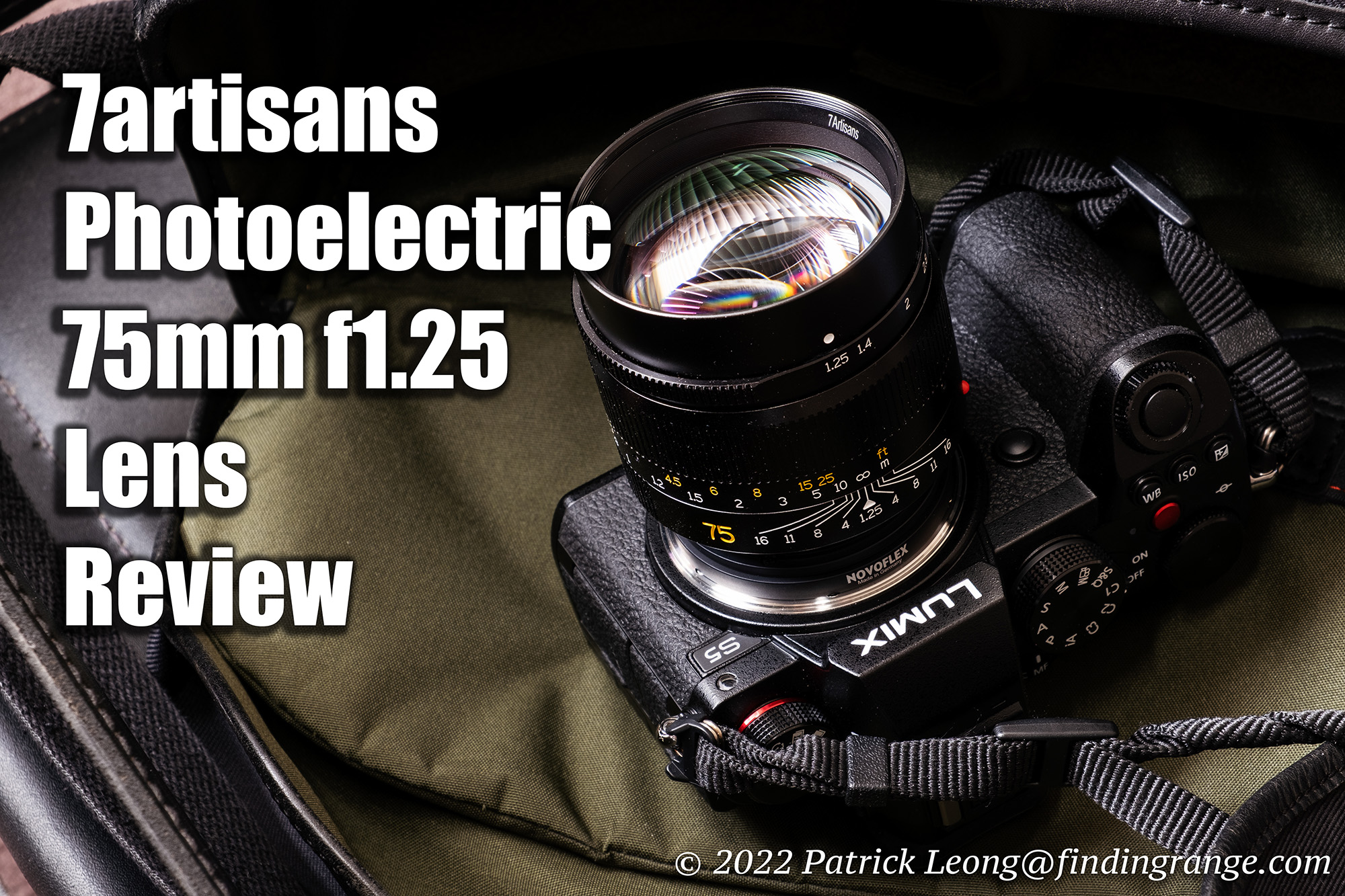
Great accurate review. I am amazed by this lens independent of price. I purchased the B+W metal hood and it fits perfectly. I feel no temptation for the Leica version.
Hi Brian,
Thanks for reading it, and also for giving us that info on the hood! The lens is great, and yes, regardless of price. I think I have to review more 7artisans lenses in the future :). Thanks again for stopping by, and I hope you have a great weekend!
Best,
Patrick